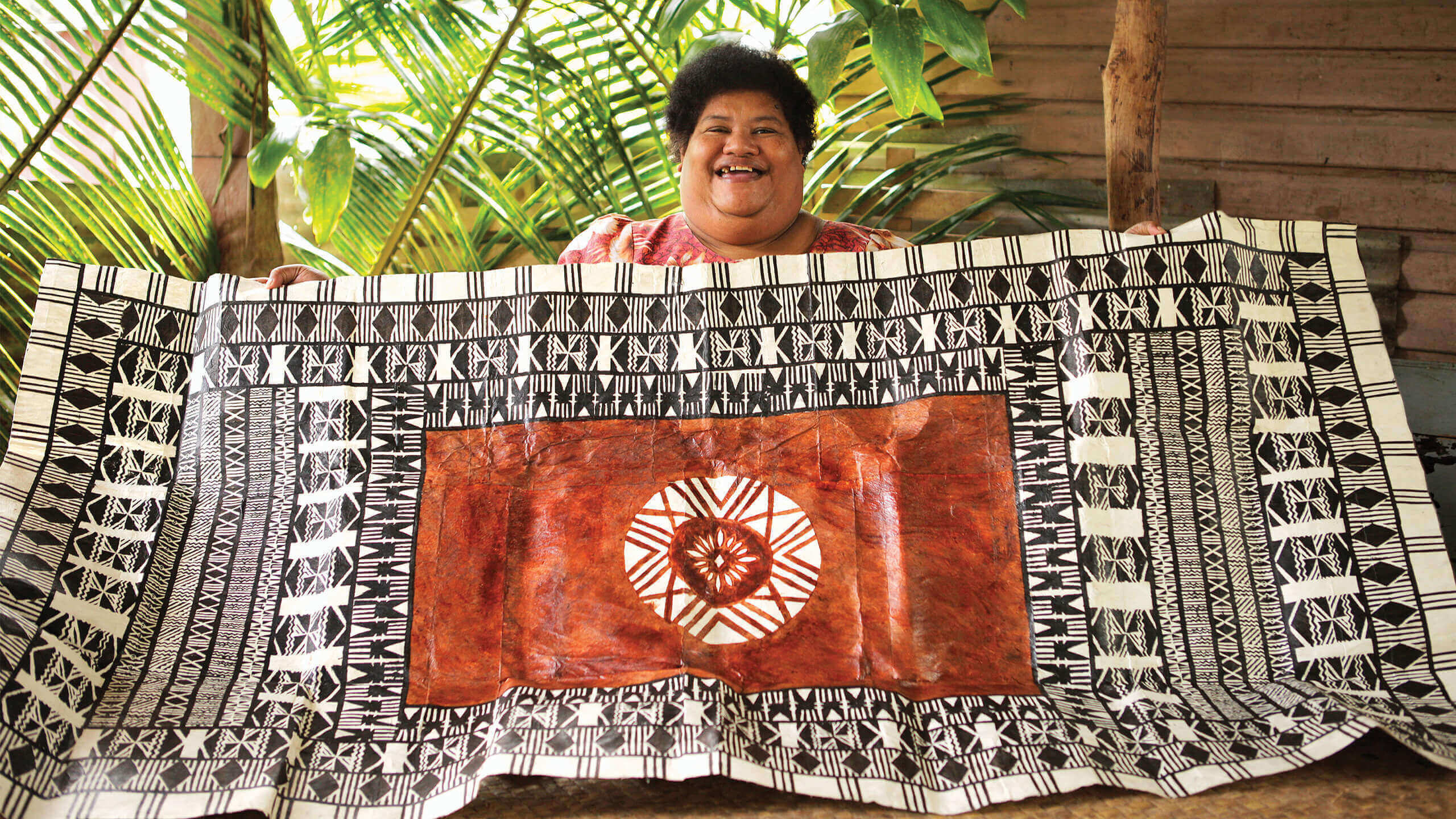For real progress to occur in the rural areas of Fiji, information on the tangible and intangible resources of each rural village/settlement/community needs to be recorded.
You may ask: what is the difference between tangible and intangible assets?
The simplest answer to this is: tangible assets are physical resources (including land and marine resources) whereas intangible assets are more abstract — they are the perceptible but non-physical resources of the community. Milon (2017: 4) rightly observes that “the identification of intangible assets can be powerful, persuasive, and a valuable part of the process for learning about a community (Milon, B.J. 2017: 4).
This article goes a step further to posit that intangible assets are “enablers” for sustainable rural development.
My main focus will be on the importance and massive potential of intangible assets to boost sustainable development for our rural communities.
More often than not, strategic plans and funding proposals for rural development projects tend to focus on how the tangible assets of the recipient community can be used as a platform for development interventions.
The Secretariat of the Pacific Regional and Environmental Program (SPREP) has already completed an extensive exercise in the mapping of tangible resources of the Macuata province (SPREP, 2020 Ecosystem and Socio-Economic Resilience and Mapping — Macuata Province, Fiji).
Other research collaborations including those on climate change mitigation have also focused on recording tangible assets in the communities they are surveying.
There is, however, still a glaring need for village development projects in Fiji to factor into their terms of reference and targeted outcomes, the recording of intangible assets as pivotal points or “enablers” for take-off; successful outcomes; and, sustainability.
In the case of Taukei villages, traditional knowledge with its wisdom (vuku ni vanaua) constitutes an important dimension of their tribal or vanua’s intangible assets and identity.
In this sense, each Taukei village possesses intangible assets in the form of (a) cultural heritage including tribal histories; (b) social capital or veiwekani; and, (c) resilience and strength forged through communalism (solesolevaki).
Until these intangible assets are recorded and acknowledged as “well-springs” for sustainable rural village development (or veitorocaketaki ena taudaku ni koro vakavavalagi), village development will continue to lack traction in the long run.
Too often we see donors funding village development projects that disregard the value of intangible assets as essential building blocks for their development interventions.
Funded training and other capacity building projects taken to the villages in Fiji are often conduits for the promotion of foreign knowledge and skills.
Instead of mapping the intangible assets of these communities to uncover the community’s inherent body of knowledge, these projects continue to bypass niche specialisations grounded in a community’s intangible assets.
Sugar coated as “entrepreneurial empowerment”, funded training projects that ignore the recipient community’s intangible assets, often go into villages to introduce skills in foreign crafts instead of tapping into the villages’ traditional crafts to revive them as well as to create niche markets for these villages at both the local and international markets.
My kinsfolk in Kabara in Lau are known for their tanoa/kumete (kava bowl) carving skills while our distant relatives in Fulaga already have a local niche market for their wood carvings and sculptures.
Jacks (Fiji) is a major buyer of Fulaga wood carvings. Fulaga wood carvings have also been commissioned by overseas agencies but without their patenting, they may continue to miss niche export market opportunities.
Our highland cousins in the heartlands of the Naitasiri Province are highly skilled in bamboo crafts — from buildings to rafts to accessories.
Unlike the booming Asian trade in bamboo wares, the potential for Naitasiri bamboo crafts as niche export market commodities remains under explored.
Women of Moce and other parts of Lau as well as in Vatulele island — off the south western coast of Viti Levu — are consummate tapa designers.
Their exquisite and intricate tapa designs often embody tribal insignia and are therefore an expression of their vanua/tribal identity. “Are their designs and tribal emblems patented/copyrighted for posterity?”
I remember the case involving the designer of the Fiji Airways tapa design logo — the late Makereta Matemosi. I don’t recall the outcome of that case but my hazy musings on that incident spun my thoughts to the importance of mapping, copyrighting and patenting village-based intangible assets.
Traditional iTaukei craftsmanship and skills (in mat weaving, tapa designing, fragrant oil making, wood carving, bamboo craftsmanship and catamaran/drua construction, etc.) constitute a very important dimension of village-based intangible assets.
These are valuable assets that need to be recorded and promoted in funded village projects, be they capacity building or entrepreneurial training!
Intangible assets are valuable because they can (a) create lucrative niches in Fiji’s export market; (b) preserve and revive traditional craftsmanship and skills that are on the brink of total loss from our collective iTaukei memories; and, (c) ensure project sustainability and profitability.
Further research is needed on how the intangible assets of our rural communities can be patented or copyrighted and such research will need to look at existing patents and copyright laws to ascertain if they allow for communal ownership.
More importantly, research is also needed on how these intangible assets can be mainstreamed to ensure the sustainability of rural development projects.
- Dr Asinate Mausio is a assistant Professor in Ethics and Governance & Associate Dean Research – College of Humanities and Education, Fiji National University. The views expressed are the author’s and do not reflect the views of this newspaper or the employer.



